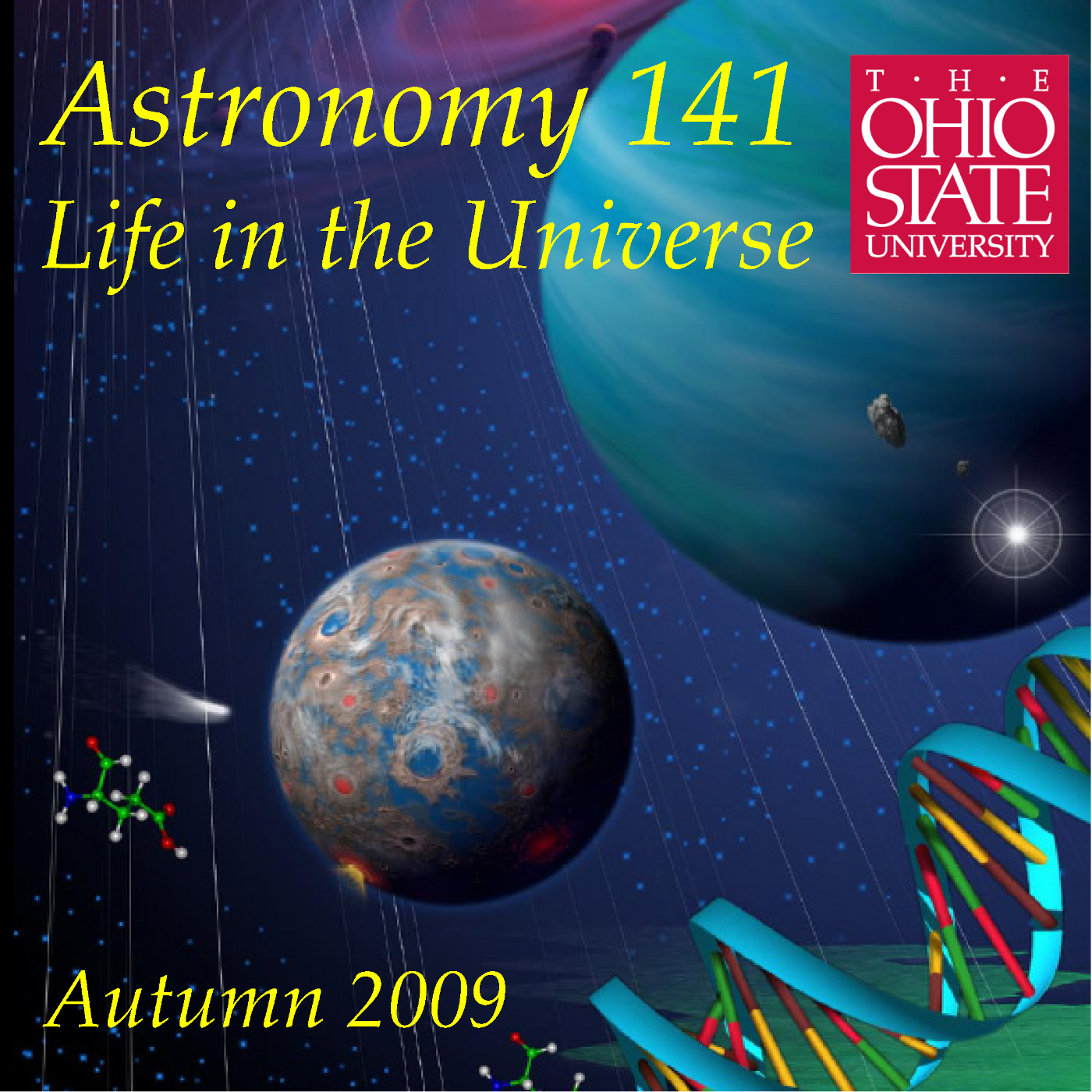Lecture 32: The Lives of Stars
Description
Why do stars shine? How long do they shine? This lecture describes the
physics of stars on the main sequence, describes the mass-luminosity
relation of main sequence stars, introduces nuclear fusion power and the
nuclear fusion lifetimes of stars. From this we gain an important
insight into one of the criteria we might apply to the search for life
around other stars: we want planets around low-mass main sequence stars
that can shine more or less steadily for more that 500 Myr to 1 billion
years - maybe longer if our goal is to find intelligent life. Recorded
live on 2009 Nov 10 in Room 1005 Smith Laboratory on the Columbus campus
of The Ohio State University.
More Episodes
Course finale and summary. We look back over where we've been the last
eleven weeks, and bring together all of the main themes of this course
on Life in the Universe. Recorded live on 2009 Dec 4 in Room 1005 Smith
Laboratory on the Columbus campus of The Ohio State University.
Published 12/04/09
Published 12/04/09
How will life, the Universe, and everything end? This lecture looks at
the evolution of our expanding Universe to project the prospects for
life into the distant cosmological future. Recent observations show
that we live in an infinite, accelerating universe. I will trace the
evolution of the...
Published 12/03/09


